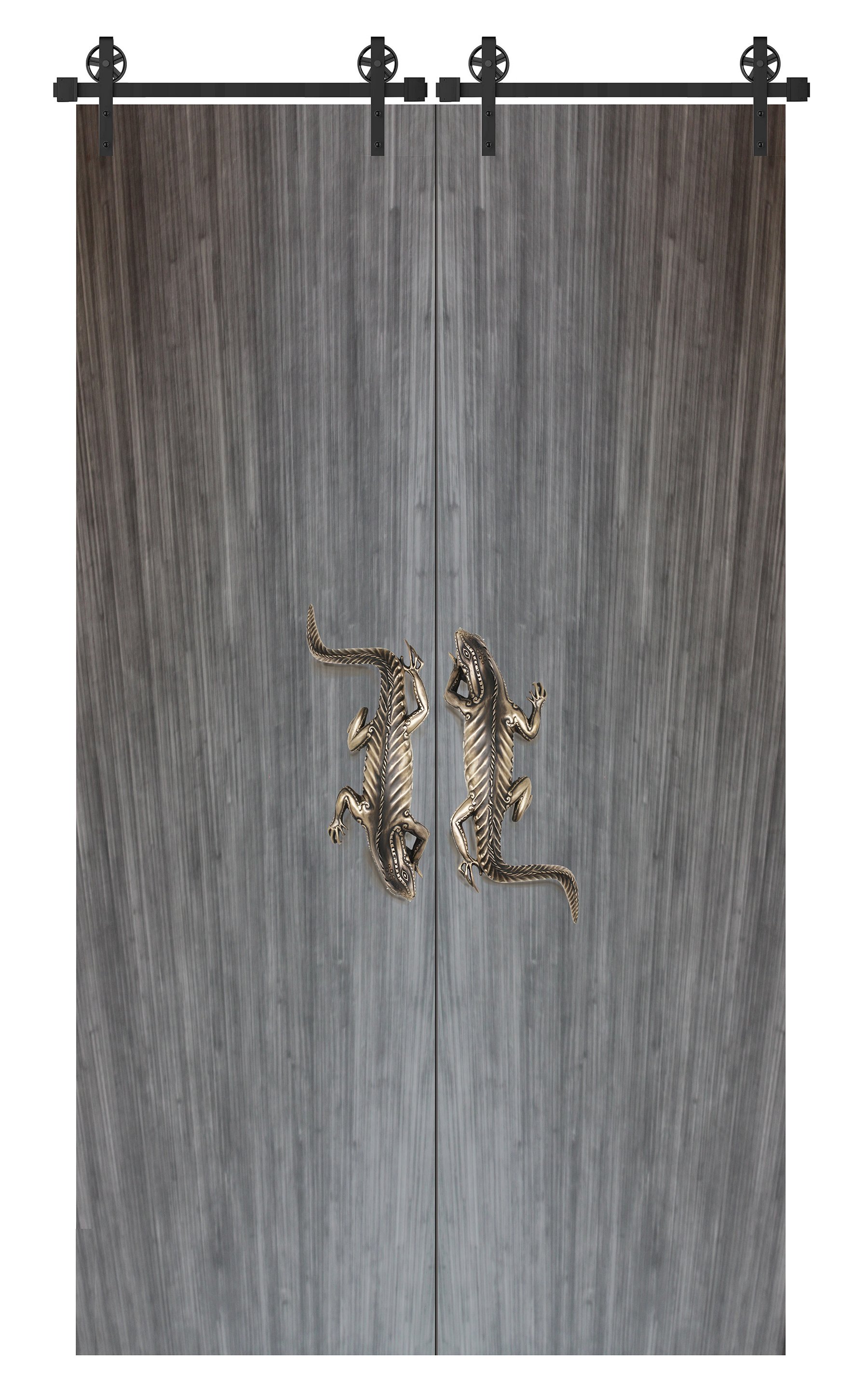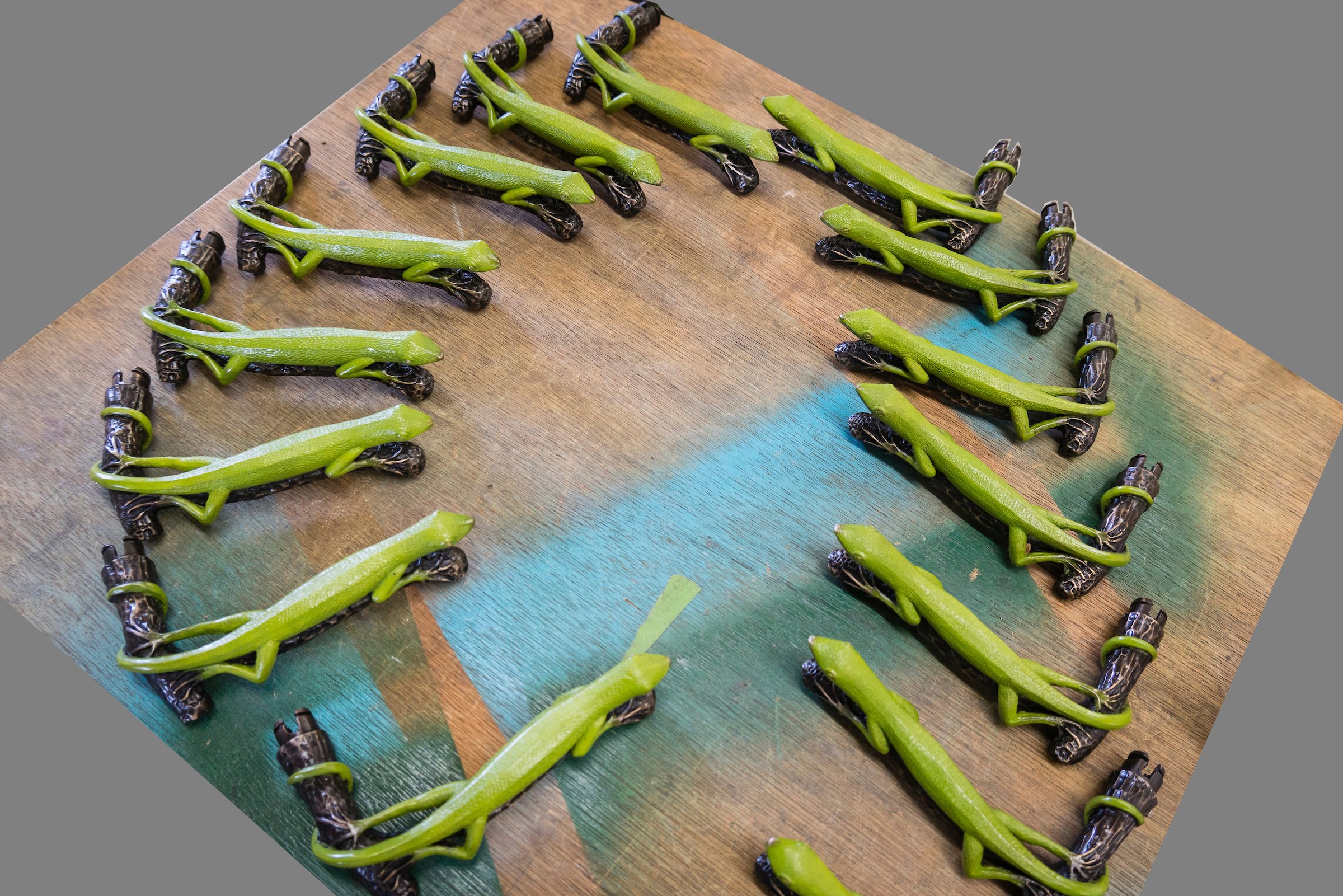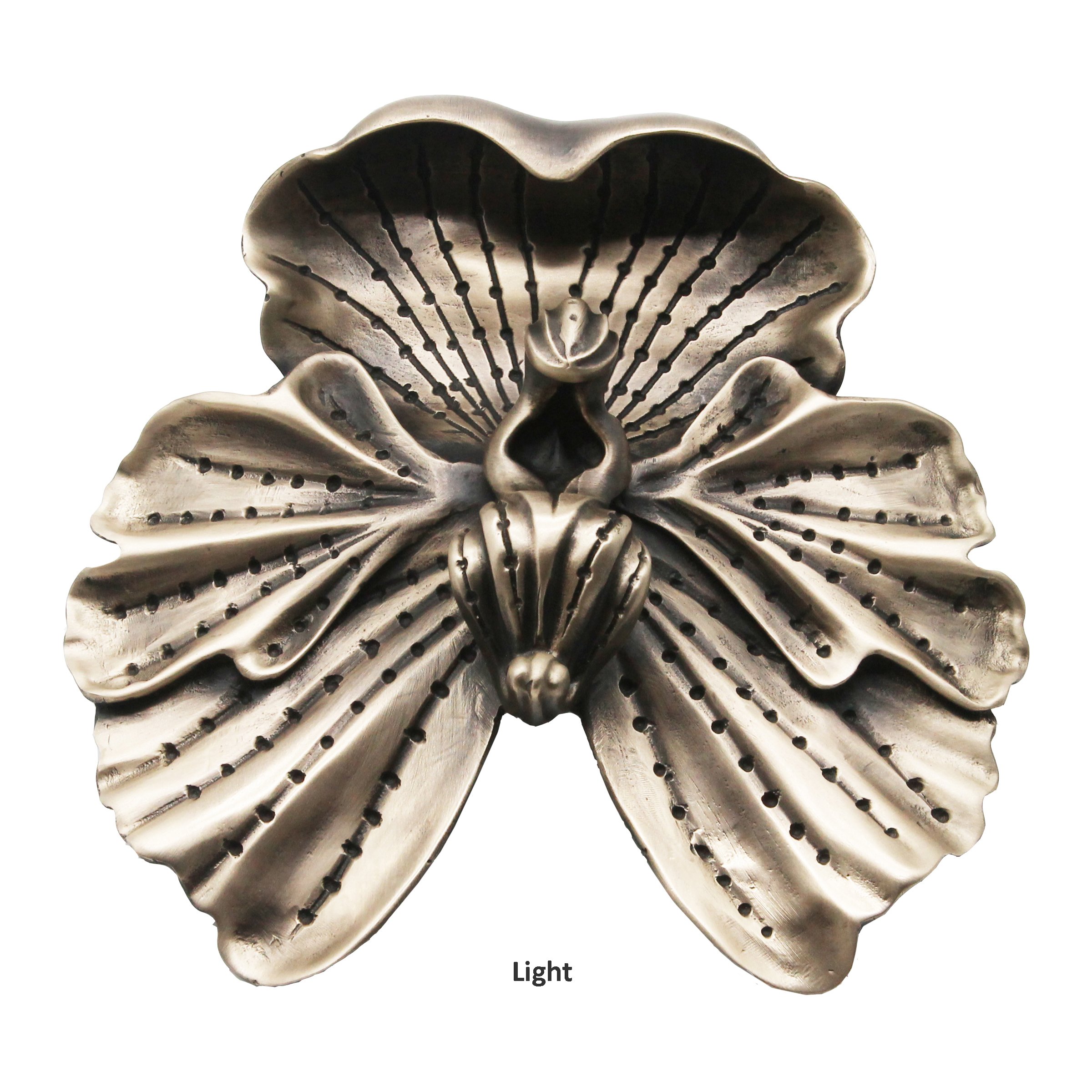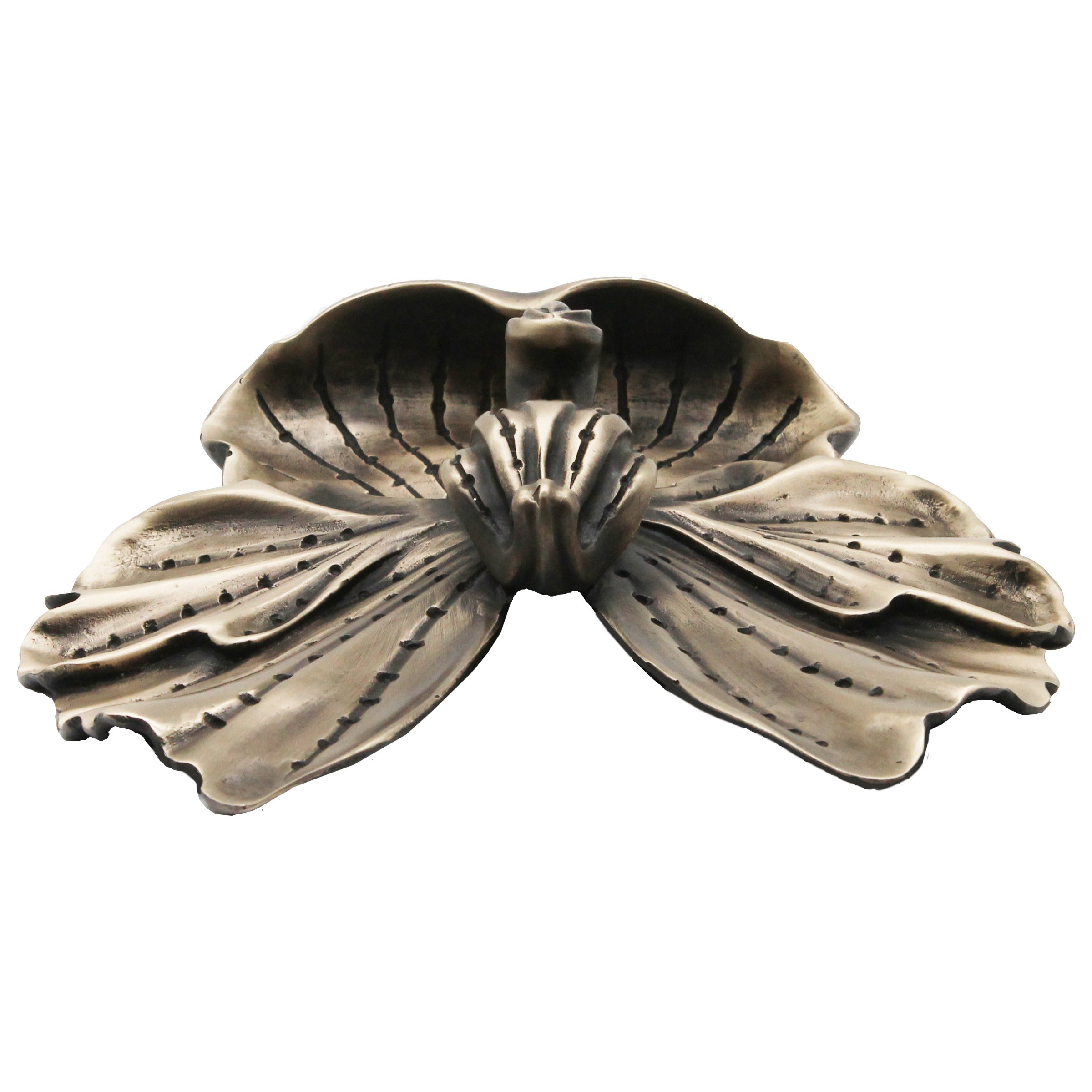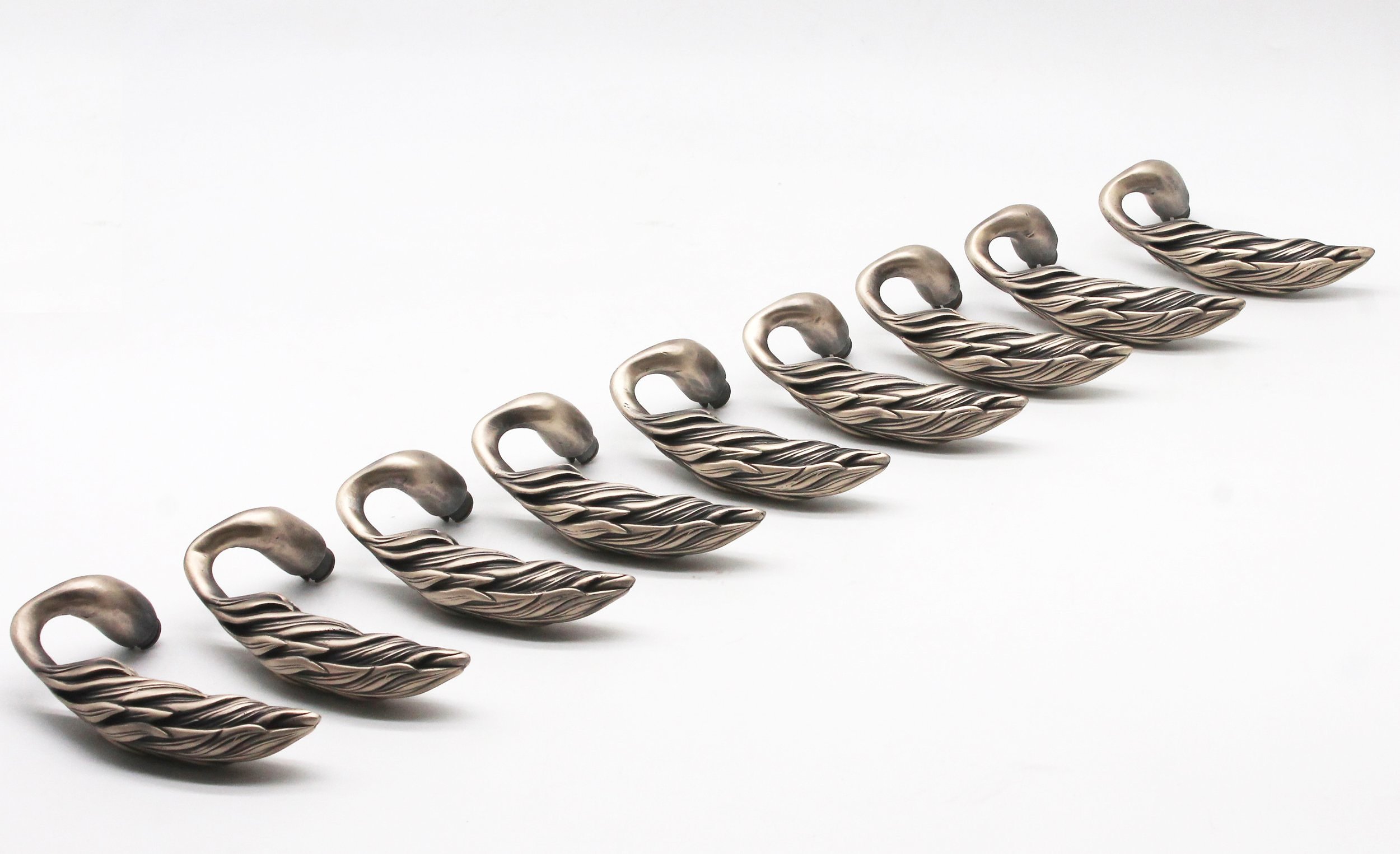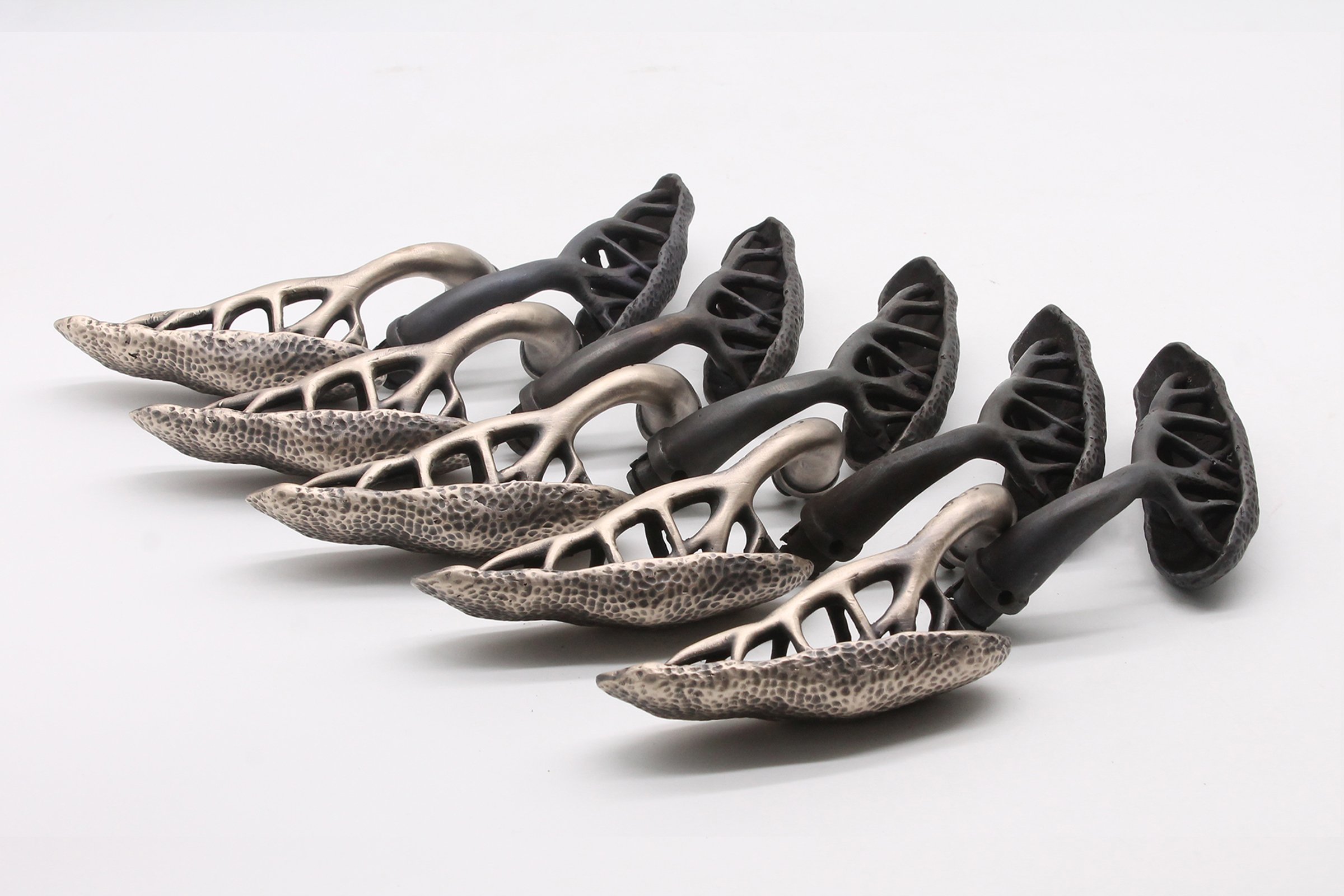The Art in Nature
Were we trying to trace the origins of many of the plants and trees at Huntington Gardens? There were times when our trip to Japan felt like a comparison with the beauty closer to home.
We visited Tokyo, Kyoto, Nara and Kanazawa destinations all linked by the respect for nature evident in the countless public gardens regardless of the density of the local population. Case in point being the Shinjuku Gyoen Garden and east gardens that flanked the Imperial Palace in Tokyo, a megalopolis of 37 million inhabitants.
Japan is correctly regarded as the home of the Cherry tree, hardly surprising for a country that has over 600 varieties of Cherry Tree and that celebrates the blooming in April with “Hanami” a word that translates to the viewing of Cherry blossom, a custom that the Japanese generously share with many US and European visitors.
All 4 locations had wonderful examples of the most prolific Yoshiro Cherry tree revered for its smaller pale flowers and of the Kanzan Cherry with dark pink flowers and a tree that we also see in Los Angeles.
Shinjuku Gyoen Garden Tokyo
Yoshiro Cherry Tree Asakusa Area Tokyo
The artistry of the public gardens is made possible by the skill and aesthetic that arborists and gardeners bring to their daily tasks. These artisans have a sensibility that follows the natural inclination of the trees and plants they tend. The gardens that result are organic, balanced and beautiful and do not appear contrived or formal.
Grounds at Todai-ji in Nara
Finer Details
The Buddhist temples from those at Asakusa, Tokyo to Todai-ji in Nara were grand in scale and vividly decorated with lacquer and gold leaf. At the entrance a large bowl of water with wooden ladles was used by many to cleanse their hands and minds before entering. Todai-ji in Nara is one of the largest wooden structures in the world measuring 50 square meters and fittingly is home to one of the largest Buddha statues. The Buddha at Todai-ji is also remarkable from a casting and carving perspective and could only be created by the toil of many skilled carvers and metal workers a feat that took decades to accomplish.
Todai-ji Temple Buddha in bronze
In Kanazawa we visited a home once occupied by a very high-ranking Samurai. The rank of this Samurai was visible in the artisans he was able to employ to carve freezes and detailed nail head covers the latter being firstly carved in either wood or clay and then cast in bronze. These small details are very typical of what can be seen widely in the Netsuke art in Japanese antiques from clothing and bag toggles to bottle stoppers to belt buckles. For those who appreciate Netsuke more of these wonderful pieces can be seen in Virginia Atchley’s book “The Virginia Atchley collection of miniature arts”
Dragon nail head covers in bronze
We offer a collection of Netsuke door knobs and while they are not as old they too are cast in bronze and feature a dragon.
The home we visited was 200 years old, its predecessors’ structures having being raised to the ground by aggressor Samurai clans. By contrast the garden within was 400 years old and home to the largest Koi fish we have ever seen.
In Japanese culture koi fish ascend from water to become dragons. It’s water based origin helps explain why Japanese dragons do not breathe fire but fire-killing watery vapor an extremely useful talent in a country that historically built its structures in wood.


















